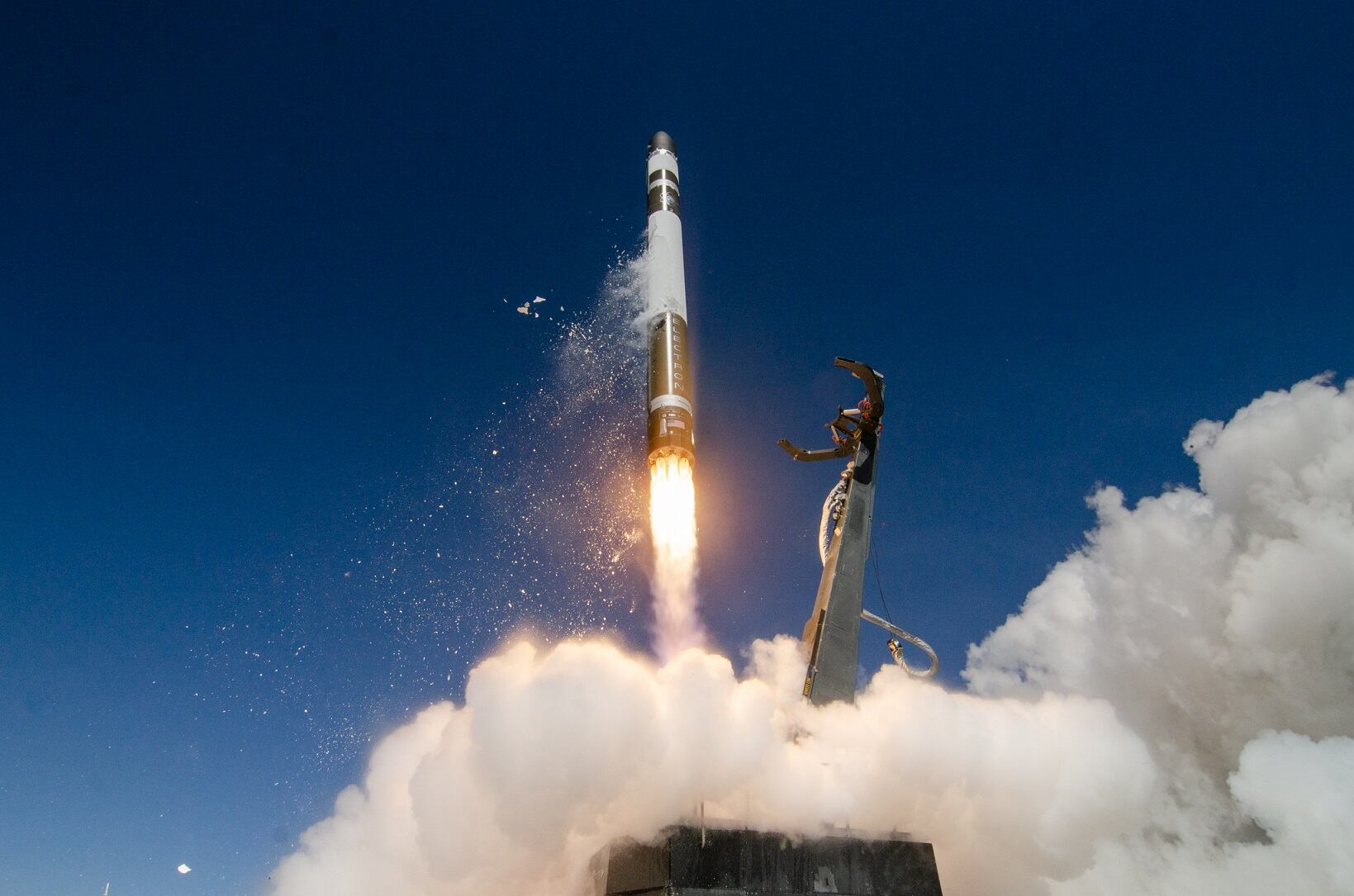On Jan. 31, the Northrop Grumman Cygnus capsule departed the International Space Station following a successful resupply mission.
But instead of immediately deorbiting, the capsule deployed several small cubesats—some belonging to NASA, some belonging to the Aerospace Corporation, and two belonging to the National Reconnaissance Office, the intelligence organization responsible for the nation’s spy satellites.
RELATED

Collectively referred to as AeroCube 14, those two cubesats are part of the NRO’s IMPACT program, an effort led by the agency’s Advanced Systems and Technology (AS&T) directorate to test new space technologies with relatively small and cheap cubesats. According to the NRO, the “program provides a risk tolerant workspace for experimental payloads, matures multiple novel technologies per launch, and drives miniaturization—all while helping both new and seasoned commercial partners rapidly develop, mature, qualify, and transition new technologies into NRO systems.”
“With IMPACT, our goal is to take the pioneering research areas we’re exploring and test their survivability and performance in space,” Susan Durham, the directorate’s leader said in a statement at launch.
Each the size of a loaf of bread, or 30 cm x 10 cm x 10 cm, the NRO’s cubesat duo serve as a host to 14 technology demonstrators which will be evaluated for their utility for future NRO missions. Those technology demonstrators include new materials, thermal straps, solar cells, on-board processors and star tracker experiments.
RELATED

The AeroCube bus used by the NRO is highly adaptable, meaning the agency can easily install or remove new technology demonstrators without redesigning the entire cubesat. The new cubesat deployments brings the total number of Aerospace CubeSats on orbit to 25, the Aerospace Corporation noted at the November launch of the Cygnus capsule.
Four of the experiments are also part of the NRO’s new Greenlighting program, an effort launched in 2017 to streamline the evaluation of emerging technologies developed by commercial partners for NRO missions. The Greenlighting program allows commercial partners to test their technology on orbit without having to worry about how to deliver it to space.
Nathan Strout covers space, unmanned and intelligence systems for C4ISRNET.








